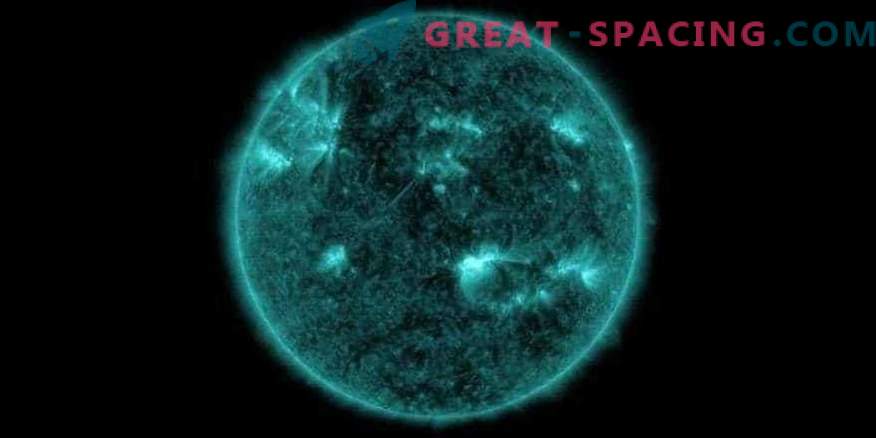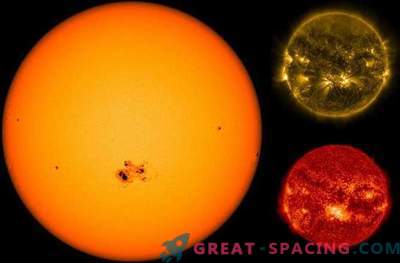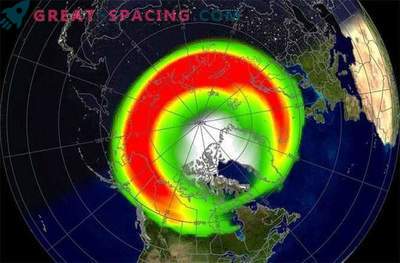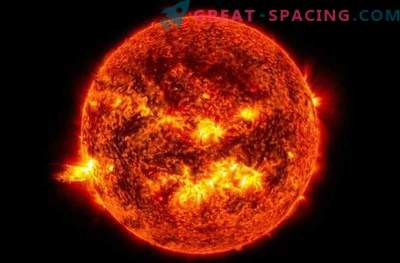
February 15, 2011 Solar Dynamics Observatory caught an X-class flash
Emissions of solar flares can affect the space outside the solar system and near-earth. But impact tracking needs the location of observatories in various locations. Fortunately, we have weather sensors capable of viewing what happens to the space around the Earth.
The last two studies have studied how solar flares create pulses in the amount of energy emitted. Also, scientists took a fresh look at the origin of the massive events and the impact on space weather.
The first study encountered fluctuations during the outbreak period. February 15, 2011, our star created a flash of the X-class - the most powerful type of burst. At that time, the researchers had the necessary equipment, so they tracked the vibrations. Regular pulses of extreme UV light indicated irregularities resembling earthquakes.
Surprisingly, for the first time, the oscillations were recorded by the geostationary satellite NOAA. It was not a typical set of information, because the satellite was not intended to capture such details.
Earlier reported on the creation of vibrations from the upper solar atmosphere - the corona. But the analysis showed that they occur below - in the chromosphere, allowing us to better understand how exactly the flash energy spreads throughout the atmosphere. We also had to use the Solar Dynamics Observatory to make sure that the flashes are real.
Oscillations are interesting to researchers, because they are capable of being created by a mechanism, because of which flashes emit energy into space. In addition, these flashes can influence the formation of space weather.
The second study examined the relationship between solar flares and activity in the earth’s atmosphere. It turned out that during the outbreak of the C-class (100 times weaker than the X-class) in 2016, pulses could be seen in the electrified atmospheric layer.
The ionosphere stretches at an altitude of 30-600 miles above the surface and is constantly changing. It expands under the action of sunlight and returns to its original position at night. Scientists were interested in the lowest layer of the ionosphere - D. This site affects the communication and navigation signals.
It turned out that the D region pulses along with X-ray pulses on the Sun. That is, the change in the number of x-rays changes the amount of ionization in the ionosphere. To check how much the electron density changed during the flash, the researchers decided to test the model. It turned out that the density increased 100 times in 20 minutes during the pulse period.
This is an amazing result, which clearly shows that the earth's atmosphere is more closely related to the variability of the X-rays of our star. This will help to reconsider our attitude towards the formation of space weather.











































